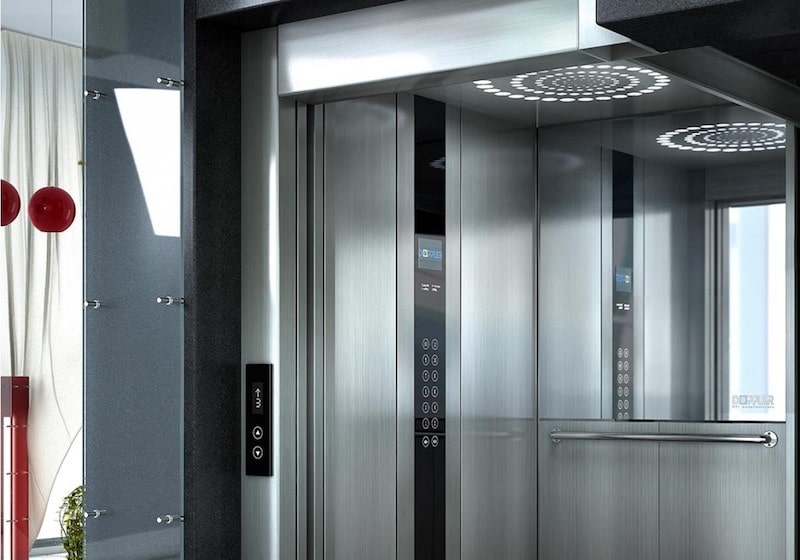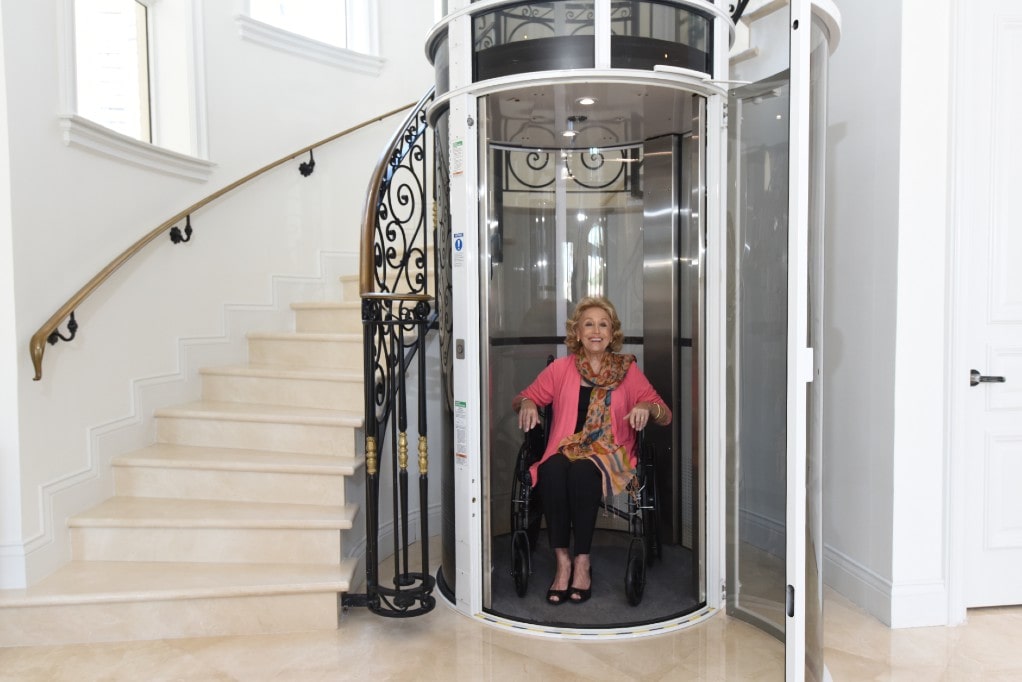London Lift Company: Offering Comprehensive Lift Solutions Across the Resources
London Lift Company: Offering Comprehensive Lift Solutions Across the Resources
Blog Article
Delving Into the World of Lifts: Typical Issues Encountered by Numerous Lift Devices
As we browse with the vertical transport systems of modern-day buildings, lifts stand out as a crucial component of our daily lives. From hydraulic lifts to grip systems and machine-room-less designs, each lift type comes with its collection of typical concerns.
Hydraulic Elevators
Hydraulic elevators, often preferred for low-rise structures, make use of fluid stress to control the activity of the elevator auto (lift repair companies). This mechanism entails a hydraulic pump pressing oil right into a cyndrical tube, causing the lift to relocate in the desired instructions. While hydraulic elevators are understood for their quiet and smooth operation, they do come with their own collection of typical concerns
One common trouble with hydraulic elevators is oil leak. Furthermore, problems with the control system, such as defective shutoffs or a malfunctioning pump, can cause interruptions in the elevator's movement.
Routine maintenance and prompt fixings are essential to ensure the smooth performance of hydraulic elevators. By resolving these common concerns proactively, building proprietors can lessen downtime and guarantee the safety and security and performance of their upright transportation system.
Grip Lifts
When considering vertical transport systems in structures, another usual kind apart from hydraulic elevators is the grip lift. Grip lifts run using a system of ropes and counterweights that move the elevator automobile by gripping onto the hoist ropes. This system permits smoother and quicker upright transportation compared to hydraulic systems.
Among the common problems dealt with by grip lifts is rope wear. The continuous motion of the ropes within the traction system can result in tear and use in time, possibly creating the lift to malfunction or end up being dangerous for use. Regular inspections and maintenance of the ropes are vital to make certain the lift's appropriate performance and security.
One more issue that grip lifts might come across is associated with the control system. Problems with the control system can cause concerns such as erratic activity, delays in response times, and even complete shutdowns. Routine screening and maintenance of the control system are critical to stop such concerns and ensure the lift's integrity.
Machine-Room-Less (MRL) Lifts

Among the crucial parts of MRL elevators is the small gearless grip device that is mounted within the hoistway. This maker successfully drives the elevator car without the need for cumbersome equipment found in typical traction elevators. Furthermore, MRL lifts generally use a counterweight system to balance the automobile, additional improving their power effectiveness.
Regardless of their advantages, MRL elevators may encounter obstacles associated with repair and maintenance because of the confined space for equipment installment. Ease of access for servicing parts within the shaft can be limited, needing specialized training for service technicians. Appropriate maintenance routines and routine examinations are crucial to make sure the continued smooth operation of MRL elevators.
Overloading and Weight Restriction Issues
Are elevators furnished to manage excess weight lots effectively and safely? Overwhelming and weight limit problems are crucial issues in lift operations. Lift makers design lifts with details weight capabilities to ensure traveler safety and equipment long life. Surpassing these weight limits can bring about different issues, including mechanical failures, delays, and security hazards.
When elevators are overwhelmed, it puts excessive strain on the motor, cable televisions, and other parts, potentially creating malfunctions or malfunctions. If they detect excess weight, security devices such as sensing units and overload sensing units are in area to avoid elevators from relocating. Furthermore, exceeding weight restrictions can result in enhanced energy intake and wear and tear on the lift system.
To minimize straining issues, developing supervisors need to prominently present weight limits in elevators and enlighten owners on the relevance of adhering to these constraints - lift repair companies. Routine maintenance checks by certified her latest blog technicians can also aid guarantee that elevators are operating within risk-free weight specifications. By dealing with overloading and weight limit problems proactively, building proprietors can enhance elevator safety and security and effectiveness
Electric System Failures
Exceeding weight limits in lifts can not only cause mechanical issues however likewise potentially contribute to electric system failings within the lift facilities. Electrical system failures are an important worry in lift procedure, as they can cause unexpected closures, malfunctions, or even safety hazards. One typical electric concern is the getting too hot of parts due to too much existing flow created by overloading the lift past its ability. This can bring about harm to the motor, wiring, or control systems, resulting in expensive repairs and downtime.
In addition, power surges or variations in the electric supply can likewise interrupt the lift's operation, affecting its efficiency and safety. These electrical disturbances can damage sensitive lift elements such as control panels, circuit boards, or sensing units, leading to system failures. Normal maintenance and evaluations are vital to recognize and deal with potential electrical issues without delay, guaranteeing the effective and risk-free procedure of elevator systems. By adhering to weight restrictions and conducting regular electrical system checks, building owners can reduce the risk of electrical failings in lifts.
Final Thought

Hydraulic elevators, commonly chosen for low-rise buildings, make use of fluid stress to manage the movement of the elevator automobile.When taking into consideration vertical transport systems in structures, one more common kind apart from hydraulic lifts is the traction elevator. Traction lifts operate using a system of ropes and counterweights that move the elevator more tips here automobile by gripping onto the hoist ropes. Unlike traditional elevators that need a separate machine area to house the tools, MRL elevators integrate many of the elements within the shaft, removing the requirement for a devoted device space.In conclusion, elevators face common issues check out here such as hydraulic breakdowns, traction system failures, and electrical system troubles.
Report this page